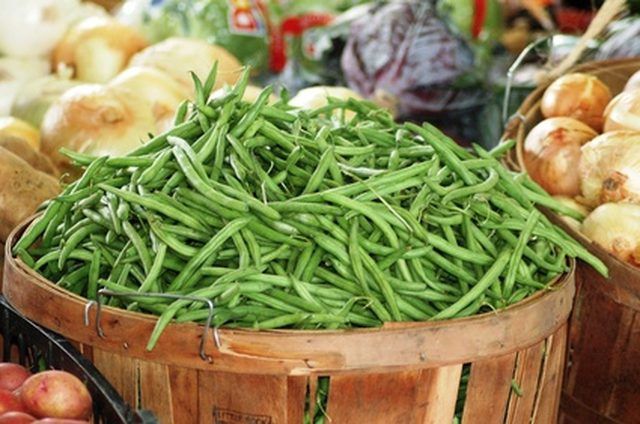Bulbs
Flower Basics
Flower Beds & Specialty Gardens
Flower Garden
Garden Furniture
Garden Gnomes
Garden Seeds
Garden Sheds
Garden Statues
Garden Tools & Supplies
Gardening Basics
Green & Organic
Groundcovers & Vines
Growing Annuals
Growing Basil
Growing Beans
Growing Berries
Growing Blueberries
Growing Cactus
Growing Corn
Growing Cotton
Growing Edibles
Growing Flowers
Growing Garlic
Growing Grapes
Growing Grass
Growing Herbs
Growing Jasmine
Growing Mint
Growing Mushrooms
Orchids
Growing Peanuts
Growing Perennials
Growing Plants
Growing Rosemary
Growing Roses
Growing Strawberries
Growing Sunflowers
Growing Thyme
Growing Tomatoes
Growing Tulips
Growing Vegetables
Herb Basics
Herb Garden
Indoor Growing
Landscaping Basics
Landscaping Patios
Landscaping Plants
Landscaping Shrubs
Landscaping Trees
Landscaping Walks & Pathways
Lawn Basics
Lawn Maintenance
Lawn Mowers
Lawn Ornaments
Lawn Planting
Lawn Tools
Outdoor Growing
Overall Landscape Planning
Pests, Weeds & Problems
Plant Basics
Rock Garden
Rose Garden
Shrubs
Soil
Specialty Gardens
Trees
Vegetable Garden
Yard Maintenance
Yellow Bugs on Green Bean Plants
Yellow Bugs on Green Bean Plants. Green beans are normally easy to grow in summer vegetable gardens but they can attract a number of insect pests. If your green beans develop yellow insects, pick the insects off by hand and treat the plants with insecticidal soap as soon as possible.

Green beans are normally easy to grow in summer vegetable gardens but they can attract a number of insect pests. If your green beans develop yellow insects, pick the insects off by hand and treat the plants with insecticidal soap as soon as possible.
Potato Leafhopper
This insect is 1/8-inch long and yellow-green with six spots behind its head. Although potato leafhoppers can fly, they usually jump when you disturb them. Adults and nymphs both cause damage by sucking sap from the plant, usually from the undersides of leaves, which become crinkled. Plants become stunted and harvests will be small. Sevin is an insecticide used to control this pest.
Wireworms
This worm is the larval stage of the click beetle. It is brownish-yellow and up to 1-1/2-inches long. Worms eat green bean seeds, causing poor germination rates and leggy seedlings. Avoid planting seeds in cool, damp soil, which provides an attractive environment for this pest. The insecticide difonate is used to control this pest.
Bean Leaf Beetle
This 1/4-inch-long insect is yellow to reddish-brown and can have black spots on its wings. Look for a distinguishing black triangle behind the head. Bean leaf beetles eat green bean leaves, leaving small, round holes. An attack causes loss of vigor and size in the green bean plants, as well as a reduced harvest. The beetles also eat forming bean pods. The pesticides "Capture" and "Lannate" are effective controls.